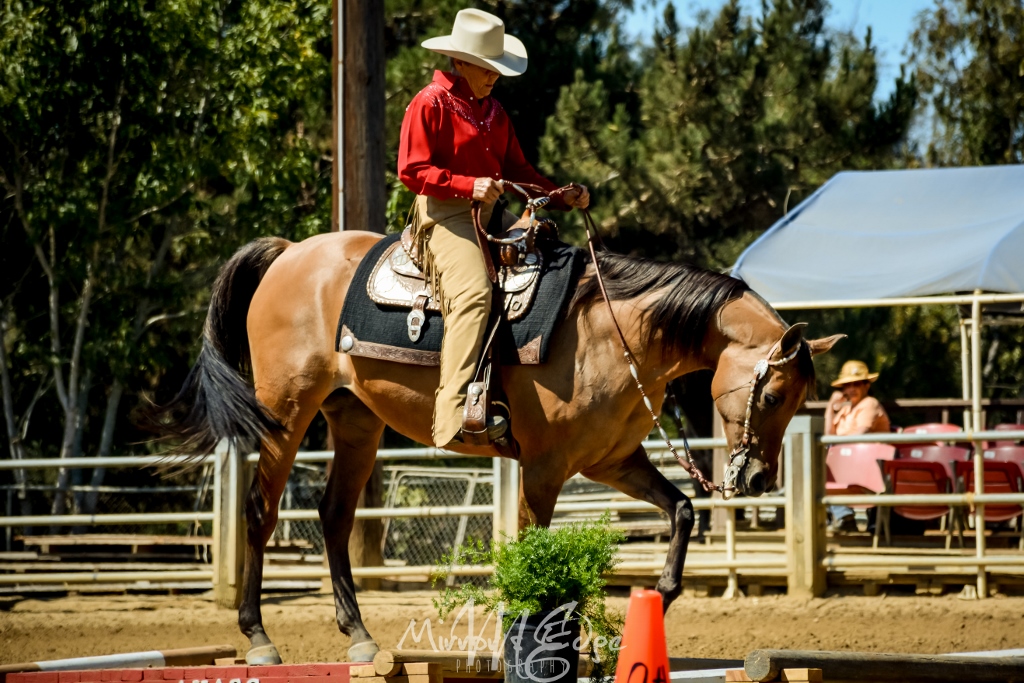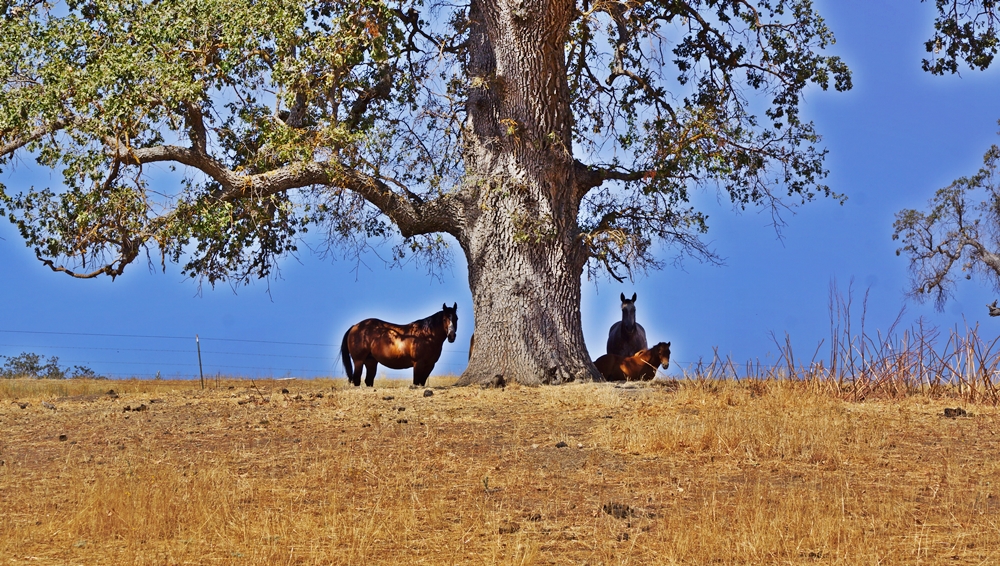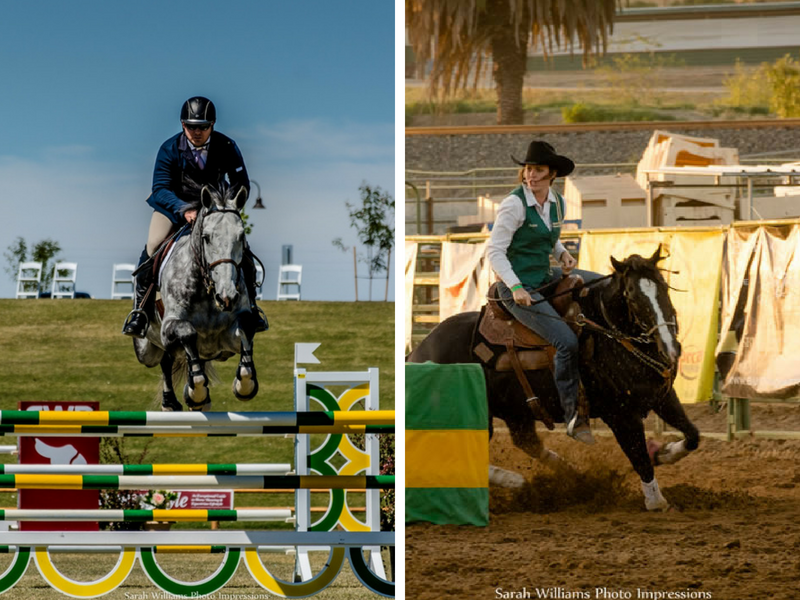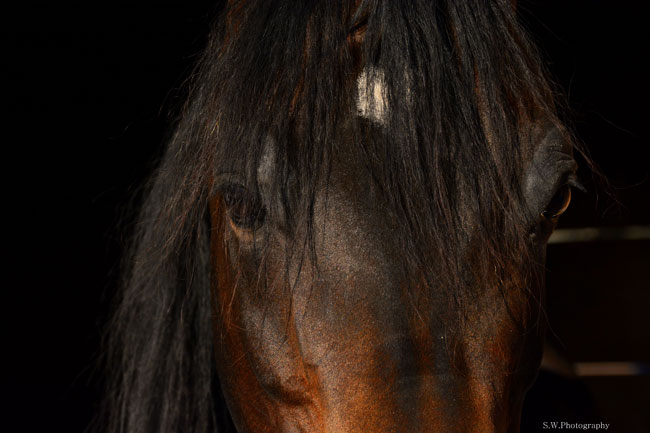When it comes to communication, it’s no surprise to most riders that humans and horses speak a different language; we call it, “horse” language. The horse is by nature a “prey” animal with “flight” instincts, while the human is a “predator” who stands his ground. Horses speak in a complex and intricate form of “body language”, while the human, most often, speaks with his/her voice. It seems that nature never truly intended for man and horse to be comrades. All of these things sewn together make building a relationship with the horse a specialized, all be it beautiful, task. The only way for it to work is for both human and horse to meet somewhere in the middle, on that comfortable and stable common ground where both can get and maintain their footing.
Horse Sense
Since at least the dawn of modern man, the horse has played an important role in building and maintaining civilizations, lifestyles, homesteads, etc., and there has always been those people who seem to simply be born with “horse sense”…it’s almost as though they came into this world knowing how to “talk horse”. As horse lovers, owners and riders, we all strive to build relationships with our horses in some form or another, whether it be for simple pleasure, work, exhibition, etc., and we all have different ways of doing things. With buzz words like “Natural Horsemanship”, “Low Resistance Training”, “Zero Resistance Training” floating around and gimmicks galore all over the internet, it’s difficult for a rider to know exactly which direction to take, and the search for the “right way” to communicate with the horse often becomes an endless one. In the end, the “right way” is different for everyone, and simply educating yourself on how a horse thinks and then applying that to your riding and training methods allows you to begin the journey towards learning the language of the horse.
Learning the Language
It’s best to start at the very beginning when learning any new language, right? When it comes to learning how to “talk horse”, the best place to start is with observation of how horses interact with one another. Something as simple as an ear twitch or a tail swish, a resting back foot or raised head, means something. While out in a herd, horses can “talk” to one another simply by moving a step in one direction or another, changing the angle of their bodies, making direct eye contact and choosing not to. All of these things are the foundation on which we must build our understanding of the language.
If you watch horses interact with one another long enough, you’ll begin to see patterns. Every herd has an “Alpha”, and most have a “Beta”; these are the horses that seem to keep all of the others in line. Sometimes they don’t have to do anything at all, and yet the rest of the herd follows them. Why? Because they have established their place. This too must happen between human and horse.
Establishing your place does not mean being aggressive or dominant, that’s no way to build a relationship. Too many people still use the term “breaking” when speaking about young horses, when “teaching” is really more appropriate.
Just as you have been taught how to ride, so is a young horse “taught” to accept being ridden. It’s far more responsible and rewarding to establish a teacher/student relationship with a horse rather than a trainer/trainee relationship…because this takes into account that you aren’t attempting to change the nature of the horse, but rather to work with his nature and show him how he can work with yours. This way of looking at things demands more respect from both sides – horse and human – and in turn allows both sides to express themselves and be heard. The best “teachers” always learn something from their students, and this should also happen when it comes to teaching anything to a horse.
Mutual Respect is Key
Mutual respect is the key to any good horse and human relationship. I don’t want to “change” how my horse thinks, rather I want to teach him to think in a way that is safe and comfortable for me and for him. I “ask” first, rather than “tell” or “demand”, and I allow my horse to consider my request and make a move based on that request. If he doesn’t react in the way that I want him to, I don’t fuss and fight, instead, I ask again, this time with a little more firmness behind my request. Eventually, as my requests become stronger, my horse will use his brain to think his way through the situation and come to the conclusion that in order be comfortable he must do as I ask him, but by not “demanding” (i.e. Yelling, jerking, using heavy hands, going to the whip or spur right away, using harsher equipment, being abrupt, etc.), I have allowed him the respect of being able to “come around” on his own, and this negates things like fear, apprehension, sourness, spookiness, etc. I have, in the end, worked with my horse’s brain and nature and in turn taught him how to work with mine – we are suddenly speaking a language that we can both understand. I’m not using any gimmicks or specialized equipment; I’m not adhering to any “one method” (because all horses are different), instead I’m just trying to get a good dialogue going.
So…when anyone asks me how I work with horses, why I have been successful in being able to accomplish things with certain horses where other people have not, how it is that I am able to explain what I am doing and why so clearly, etc., I always tell them that you have to start at the beginning and learn to “talk horse” if you want to be successful. You get what you give in this world, and, for me at least, nowhere is that more evident than when working with horses.
Main Image: Sarah Williams




